
.jpg)
Irrigation: Water application confined in time and space, enabling the water requirements of a crop at a given time of its vegetative cycle or to bring the soil to the desired moisture level outside the vegetative cycle. The irrigation of a field includes one or more watering per season.
Source of Irrigation: Sources of irrigation water can be Groundwater extracted from springs or by using borings or wells, flood water spreading, surface water withdrawn from the flow of a stream, lakes or reservoirs or non-conventional sources like treated wastewater, desalinated water or drainage water.
Flood water is diverted to normally dry riverbed using a network of dams, gates and channels and spread over large areas. The moisture stored in the soil is used thereafter to grow crops. While floodwater harvesting belongs to the accepted irrigation methods, rainwater harvesting, although important, is usually not considered as a form of irrigation in conventional vocabulary.
Around 90% of wastewater produced globally remains untreated, causing widespread water pollution, especially in low-income countries. Increasingly, agriculture is using untreated wastewater as a source of irrigation water.
The water quality used for irrigation influences the yield and quantity of crops, maintenance of soil productivity, and protection of the environment. For example, the physical and mechanical properties of the soil, ex. soil structure (stability of aggregates) and permeability are very sensitive to the type of exchangeable ions present in irrigation waters.
Related items you may like













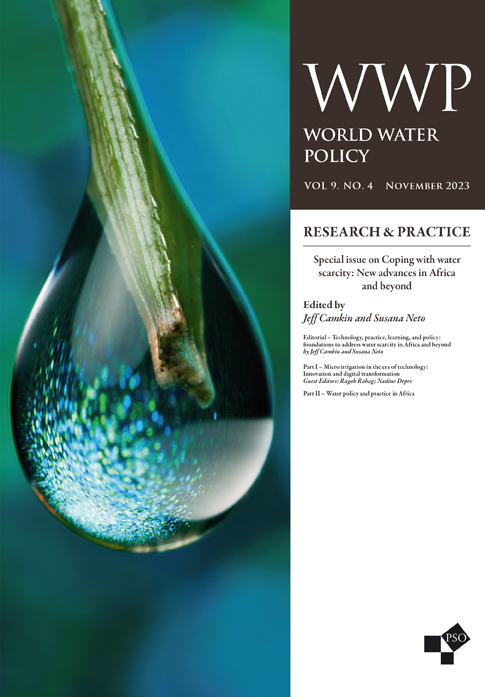
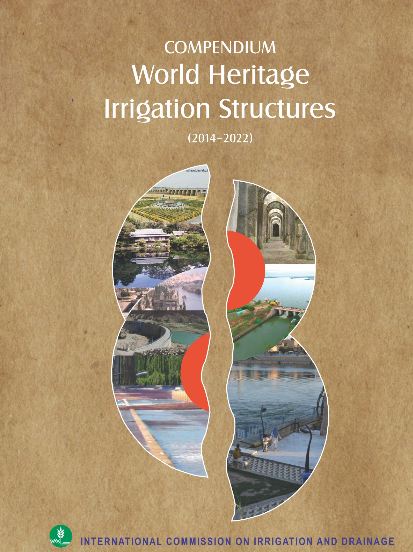







































































































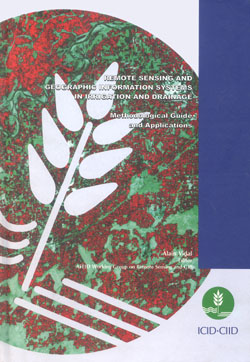



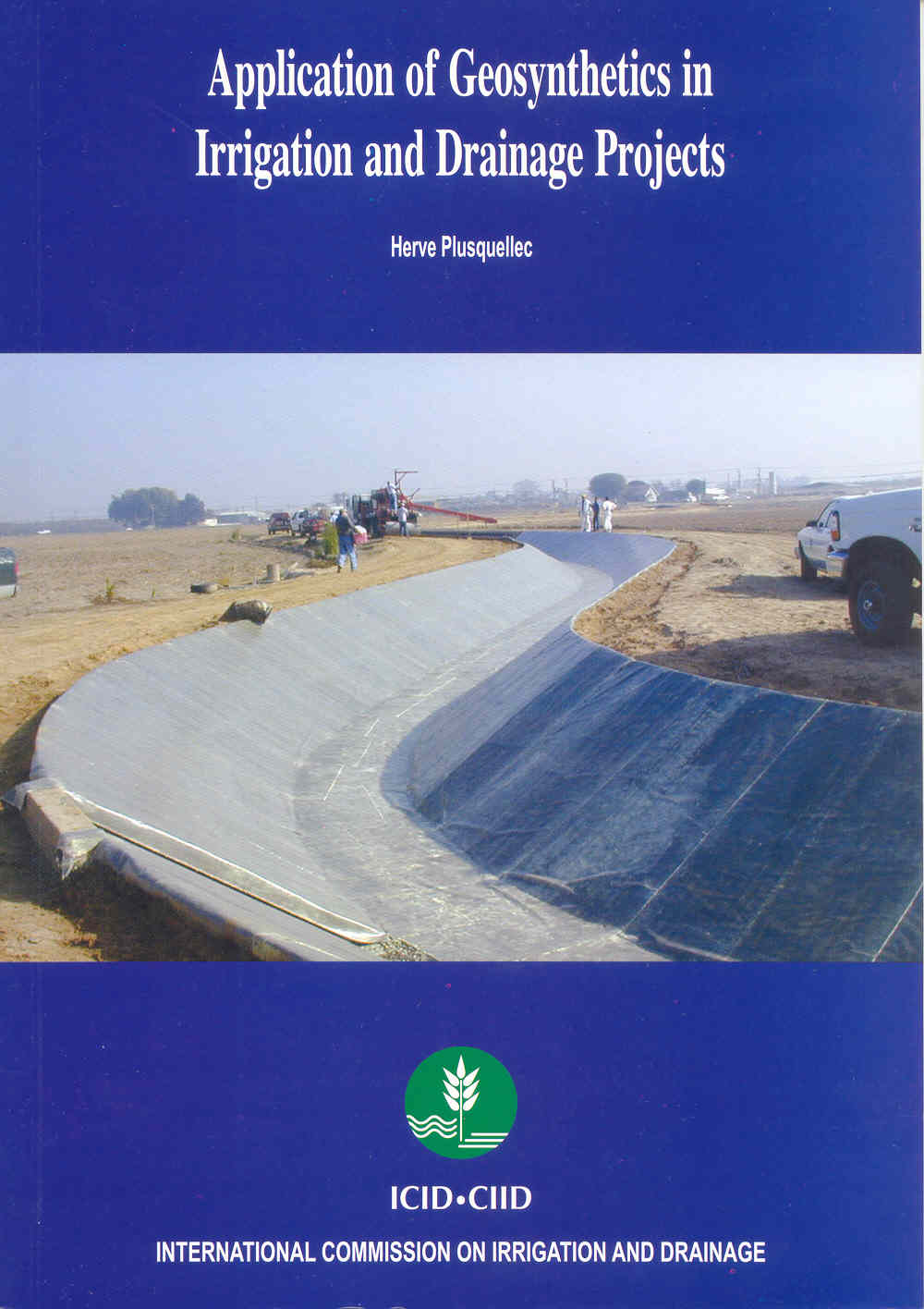

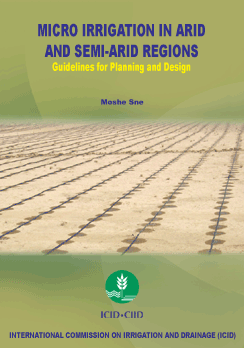
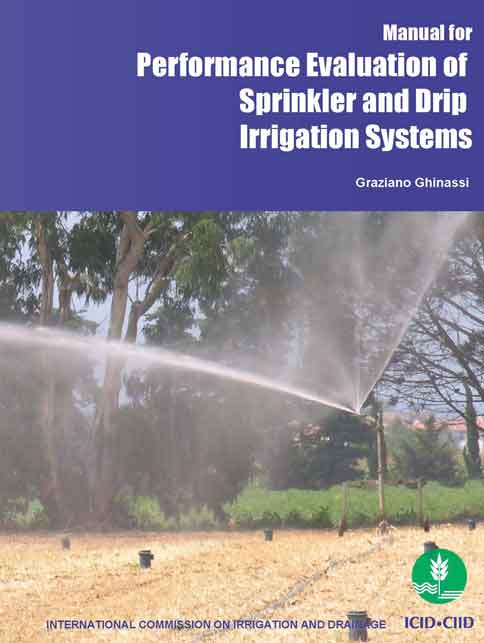



Irrigation
Sources of Irrigation
Irrigation History +
Sources of Irrigation +
IMPROVING SOIL MOISTURE +
Ponds +
Tanks +
Diversion Weirs +
Dams and Reservoirs +
Groundwater +
Conjunctive Water Use +
Wastewater +
Poor Quality Water +
Application of Irrigation water
Canal Irrigation +
Flood Irrigation +
Deficit Irrigation +
Supplemental Irrigation +
Sprinkler Irrigation +
Drip Irrigation +
Lift Irrigation +
Centre Pivot Irrigation +
Tidal Irrigation +
Micro-Irrigation Technologies for Small Holders +
Automatic Irrigation Systems +
Pressurized Irrigation +
Irrigation in Viticulture +
Purpose of Irrigation
Instruments and implements of Irrigation
Pumps +
Centrifugal Pumps +
Submersible Pumps +
Turbine and Jet Pumps +
Conveying Pipes +
Sprinklers +
Drippers +
Canal Automation Systems +
Irrigation Management
Economics of Irrigation System +
I&D System Types +
I&D Investment Functions +
I&D Management Issues +
Participatory I&D Management +
Equity in Irrigation +
Irrigation Services +
Irrigation and environment
Pollution and Irrigation +
Irrigation and Climate Resilience +
Environmental Aspects of Irrigation +
Environmental Impacts of Irrigation +
Green Lawn Irrigation +
Safe Use of Waste Water in Irrigation +
Organic Agriculture +
Soil Health +
Soil Health Management +
Quality of Irrigation Water +
Capacity Development
Drainage
Drainage Types and Systems
Agricultural Drainage +
Field Drainage systems +
Canal Irrigation and Drainage +
Surface Drainage Systems +
Subsurface Drainage +
Mole Drainage +
Bio-Drainage +
Regional Bio-Drainage +
Drainage Issues
- Source
- Irrigation pipe aqueduct, Pipe aqueduct, Pipe flume
- Syphon, Inverted siphon, Irrigation syphon, Canal syphon, Syphon superpassage
- Lift irrigation area, or Lift area
- Integrated Water Resources Management
- Continuous-flow irrigation
- Night-storage irrigation system
- Intermittent-flow irrigation system
- Irrigation return flow
- Farm irrigation structures
- Resource transfer works and equipment
- Fountain head, or Source
- Collective irrigation system
- Individual irrigation system
- Perennial irrigation
- Seasonal irrigation
- Supplemental irrigation
- Systematic irrigation
- Flow irrigation, or Gravity irrigation
- Pumping irrigation
- Inundation irrigation
- Irrigation from a storage reservoir
- Irrigation from groundwater
- Irrigation by flood water spreading
- Sailab irrigation (a term used in India and Pakistan)
- Micro basin irrigation
- Irrigation by spreading
- Irrigation
- Irrigation interval
- Irrigation dose
- Ideal irrigation interval
- Irrigation season
- Fall irrigation (USA)
- Winter irrigation (USA)
- Early irrigation (USA)
- Sub-irrigation
- Overirrigation
- Irrigation canals
- Surface irrigation
- Flood irrigation
- Basin method of irrigation, or Irrigation by beds
- Flush irrigation
- Spate irrigation
- Border irrigation, or Border method
- Flooding from ditches, or (contour ditch irrigation)
- Corrugation irrigation
- Furrow irrigation
- Surge irrigation
- Duration of irrigation
- Secondary flow, Two discharge, or Cutback irrigation
- Primary flow irrigation (single discharge)
- Wave irrigation
- Irrigation through buried drains, Irrigation-drainage, or Vallenhove process
- Irrigation by nappe control, or Ramspol process
- Selection of irrigation parameters
- Sprinkler irrigation
- Irrigation terminal
- Irrigation device
- Perforated pipe sprinkler irrigation
- Irrigation sprinkler machine
- Centre pivot irrigation
- Lateral-move irrigation machine sprinkler method
- Solid set irrigation
- Piloting of irrigation
- Irrigation cycle
- Micro-irrigation, Localized irrigation, Drip irrigation, Trickle irrigation
- Mobile micro-irrigation
- Pulse irrigation
- Surface drip irrigation
- Buried drip irrigation
- Drip irrigation functioning by propulsions
- Micro-irrigation network
- Micro-irrigation nozzle-line
- Irrigation dose
- Semi-automatic control (of irrigation)
- Micro-irrigation system with hydraulic sequential operation
- Automatic control (of irrigation)
- Porous wall microirrigation tubing
- Proportional irrigation pump
- Irrigation water
- Irrigation water requirement, Irrigation need
- Net irrigation requirement, Farm delivery requirement, or Delta at farm
- Crop irrigation requirement
- Diversion requirement, Gross irrigation requirement, or Delta at head of main canal
- Optimum irrigation requirements
- Irrigation efficiency, Farm irrigation efficiency, Farm delivery efficiency, Water conveyance and delivery efficiency, or Overall efficiency
- Irrigation water-requirement
- Subirrigation
- Surge irrigation
- Irrigation water use efficiency
- Unit irrigation efficiency
- Economic efficiency of irrigation
- Irrigation efficiency
- Agronomic efficiency of irrigation or Agronomic productivity of irrigation
- Degree of durability of irrigation
- Programmed irrigation
- Fully automatic irrigation system
- Irrigation development project or system
- Efficiency of the resource management
- Water resources of artificial origin
- Earth resources technology satellite (ERTS)
- Resource
- Natural resources
- Environmental resources
- Critical resources
- Resource conservation
- Resource management
- Recoverable resources
- Renewable resource
- Non‑renewable resource
- Water Resource
- Area source
- Point source
- Non‑point source
- Irrigation
- Surface irrigation
- Basin Irrigation
- Overhead irrigation
- Sub‑irrigation
- Microirrigation
- Trickle irrigation
- Drip irrigation
- Total irrigation
- Supplemental irrigation
- Preplant irrigation
- Organic irrigation
- Open Source
- Source code, Source program
- Natural Resources Vector
- Project inventory, or Inventory of resources
- Scarce resource
- Project, Scheme, Water project, or Water resources development project
- Conjunctive irrigation planning
- Irrigation project
- Irrigation potential
- Water resources
- Water resources appraisal
- Water resources survey
- Phases of water resources development
- Resource Planning
- Assessment of irrigation charges
- Irrigation cess
- Water rate, Water charge, Irrigation rate, or Irrigation assessment
- Primary benefits, Primary effects, Direct irrigation benefits, or Direct irrigation effects
- Secondary benefits, Secondary effects, Indirect irrigation benefits, or Indirect irrigation effects
- Economic value of unit of irrigation water
- Revenue value of a unit of irrigation water

















